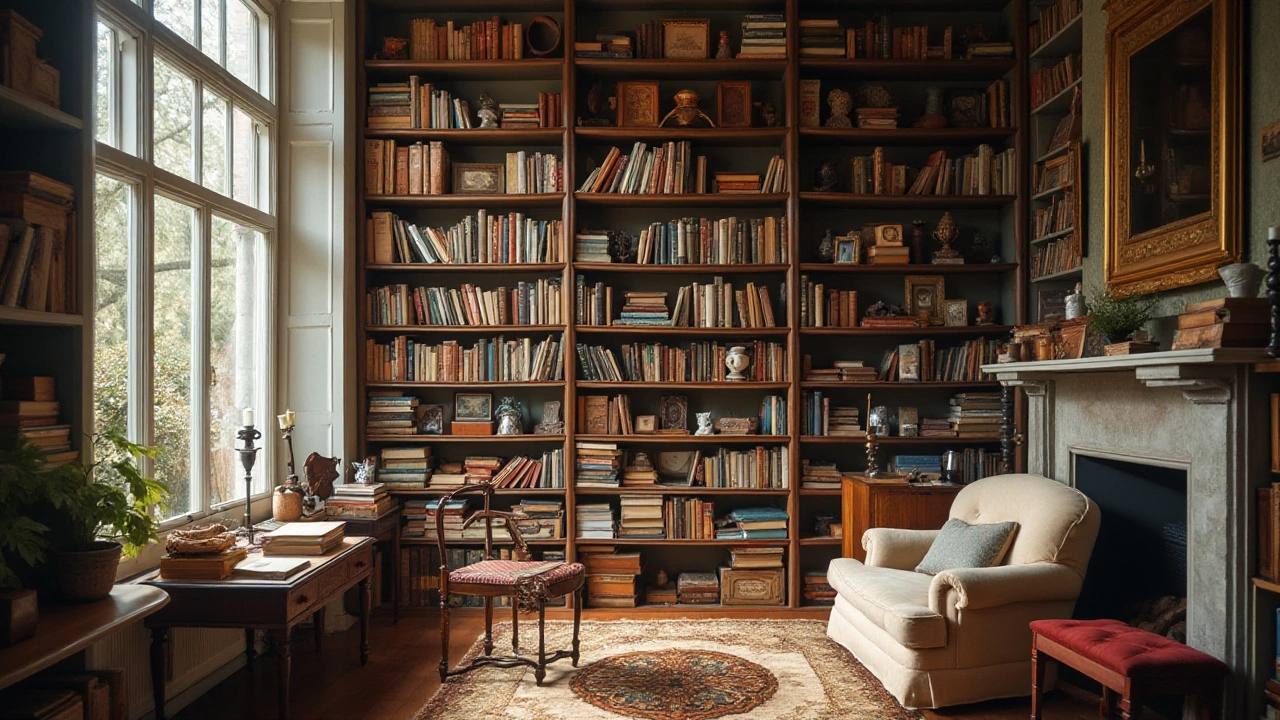Bookshelf Types – Which Style Fits Your Home?
When you need a place for books, décor, and maybe a few secret treasures, the right bookshelf can make a huge difference. Not every shelf works in every room, and the style you choose affects how the space feels. Below you’ll get a quick rundown of the most common bookshelf types and real‑world tips to pick the best one for you.
Popular bookshelf styles
Standard upright shelves are the classic tall, narrow units you see in most libraries. They’re great for narrow hallways or living rooms where floor space is limited. Choose a solid wood finish for a warm look or a painted metal frame for an industrial vibe.
Low console or credenza shelves sit close to the floor and work well behind sofas or under TV units. They double as storage for magazines, board games, or rolled blankets. A shallow depth keeps the room from feeling cramped.
Wall‑mounted floating shelves cling to the wall with hidden brackets. They’re perfect for small apartments because they free up floor space. Use them to display a few favorite books, plants, and photos without overwhelming the room.
Cube storage units break the wall into equal squares. You can leave some cubes empty for visual breathing room, or fill them with baskets for hidden storage. They’re a favorite for kids’ rooms because you can rearrange the cubes as needs change.
Corner bookshelves fit snugly into a corner, turning a dead spot into useful storage. They come in small ladder designs or larger built‑in units that can hold many volumes. A corner shelf often becomes a decorative focal point.
How to pick the right bookshelf for your room
First, measure the floor space where you plan to put the shelf. Leave at least a few inches of clearance on each side so you can move furniture easily. If the room feels tall, a vertical bookshelf can draw the eye upward and add height. In low‑ceiling rooms, a short console or floating shelf keeps the space open.
Second, think about what you’ll store. Heavy books need sturdy supports, so go for solid wood or metal frames. Light items like photo books, décor, or craft supplies work fine on lighter floating shelves. For mixed storage, a cube unit with baskets gives you flexibility.
Third, match the bookshelf to the room’s style. A rustic reclaimed‑wood shelf looks right in a cabin‑themed living room, while a sleek glass‑front unit fits a modern loft. Consistency with other furniture (color, material, finish) creates a harmonious look.
Finally, plan the layout. Arrange books by height for a tidy appearance, or mix vertical and horizontal stacks for a casual vibe. Add a few decorative objects—vases, candles, small plants—to break up the rows and keep the eye moving.
With these basics, you can choose a bookshelf type that not only stores your books but also enhances your room’s personality. Whether you go for a tall upright, a floating shelf, or a corner unit, the right bookshelf makes everyday living a little more organized and a lot more stylish.
Choosing Between Open and Closed Bookshelves: What's Best for You?
When it comes to showcasing your beloved collection of books, knick-knacks, or decorative items, the decision between an open or closed bookshelf can change the look and feel of your space. Open bookshelves offer accessibility and display advantages, while closed bookshelves provide protection and a neat appearance. Each setup has its unique attributes that cater to different needs, such as aesthetic preference or functional use. Understanding the strengths of both can help you make an informed choice to suit your lifestyle and home interior.
More
